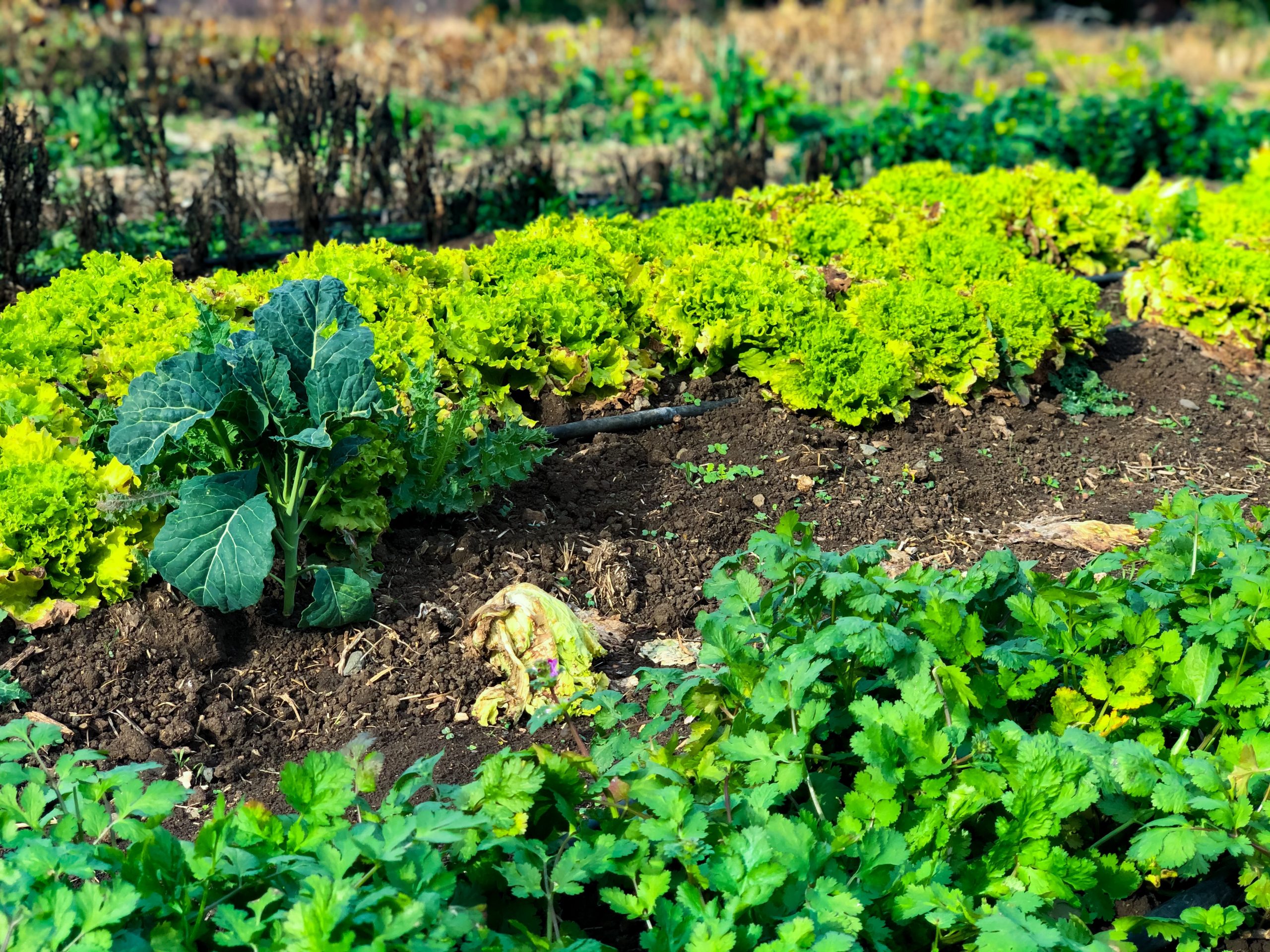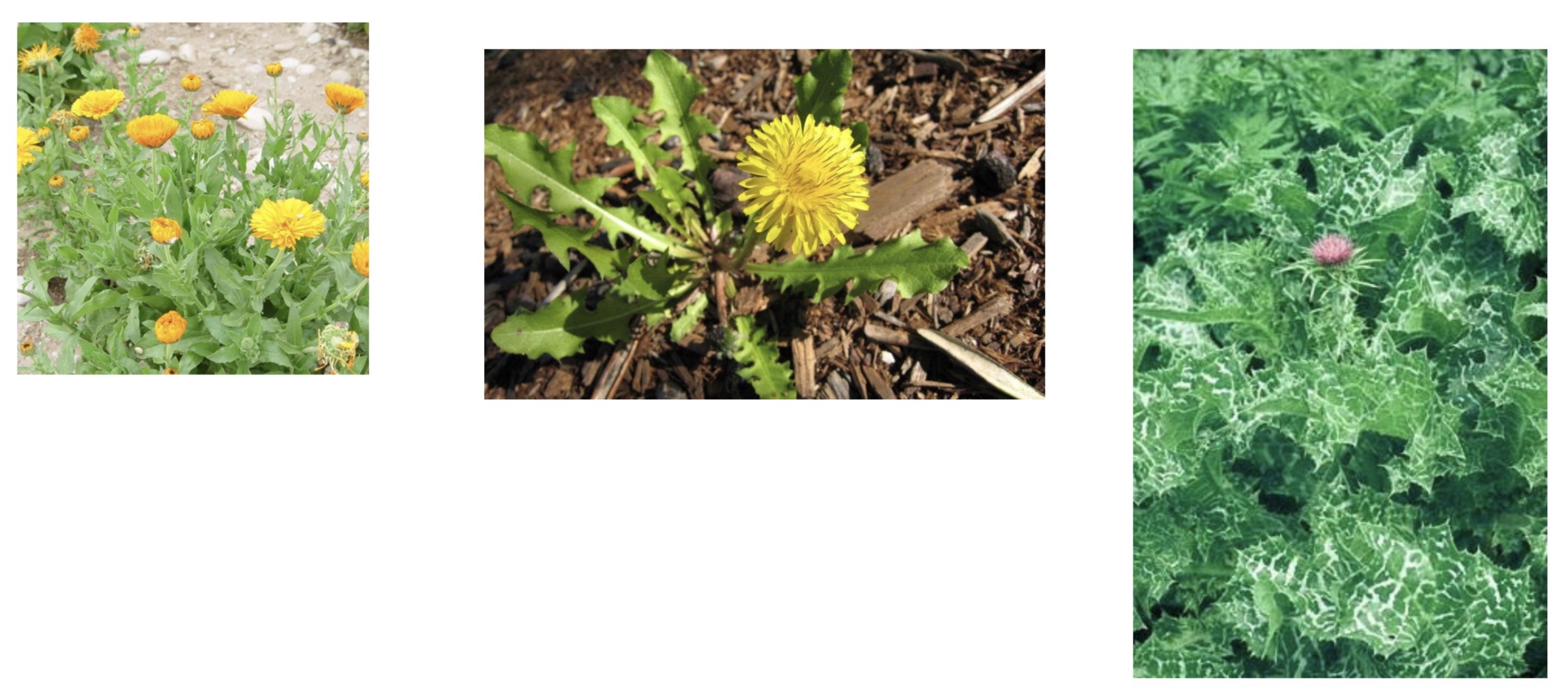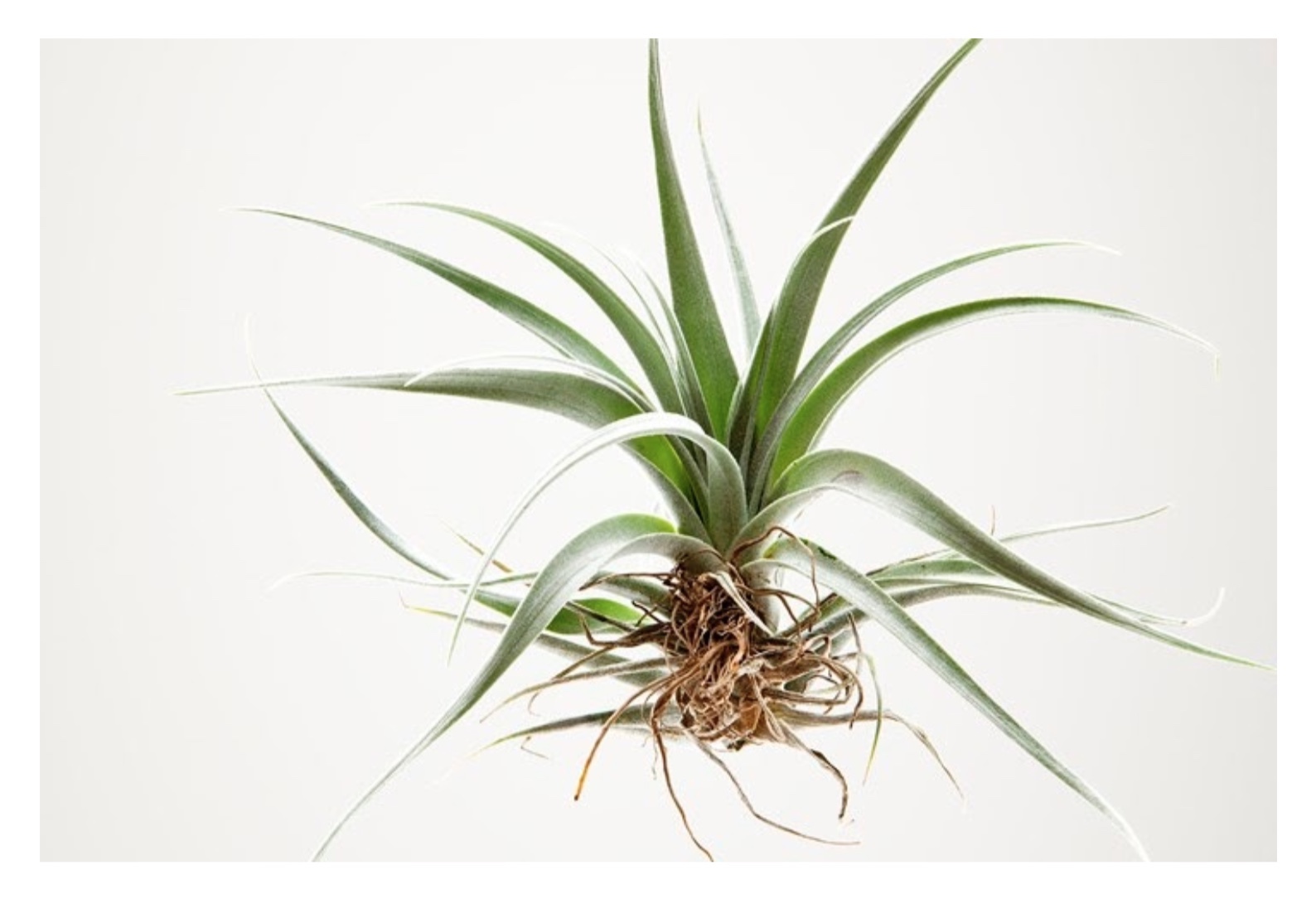
Summary:
Weeding is important because weeds compete with other plants for resources like water, nutrients, sunshine and space. In an organic garden, like the one at Hidden Villa, weeds have to be picked by hand because we don’t use chemicals to kill them.
Know-It-All
Now that you have watched the video about weeding and know more about the importance of weeding in an organic garden, have fun answering the questions below. These questions can have more than one correct answer and some of them will really make you think!
1. What is the best way to pull weeds, and why?
2. How can you tell if a plant is a weed?
3. What are some ways weeds can actually be useful?
4. What would happen if we used chemicals to kill weeds in our garden?
Digging Deeper
- Weeds can be really useful for some purposes! Some plants we think of as weeds can be used for herbal medicine or in foods.
- Which of these might be considered a weed?

All of them, or none of them! Depending on where the plant is growing and what it is being used for, all of these plants could be weeds, or not. All of these plants could also be useful in different forms: dandelion leaves in the first photo are edible, calendula petals (in the middle photo) can be used in tea to calm an upset stomach, and thistle (on the right) makes great shelter for helpful ladybugs, has edible parts, and can be used for medicine too!
- Roots! Most plants we see have roots that grow below the surface of the soil, sucking up nutrients and water for the plant. BUT, some plants have roots that don’t need to grow in soil at all. Air plants are plants that absorb water and nutrients through their leaves but still grow roots that grab onto other ‘host’ plants.

Try It
A. Ask an adult if you can help weed in your yard, on your street, or if you have a favorite tree in your neighborhood, maybe you could help clean up the weeds around its base (but not in anyone’s yard, you don’t want to mess around with Mrs. Smith’s prize petunias!) When you’re weeding, don’t forget to pull the weeds out carefully so you get as much of the roots as you can!
B. Draw a garden before and after weeding. Make sure to draw foods that you would want to eat! The weeds might be so tall you can’t even see the useful plants at first!
C. Write a story, or just tell it out loud to someone you like, about a dandelion or other weed that landed in someone’s garden by mistake. How did they get there, what are they feeling, what does the gardener think of them showing up in their garden?
Print out the guide by downloading the PDF
